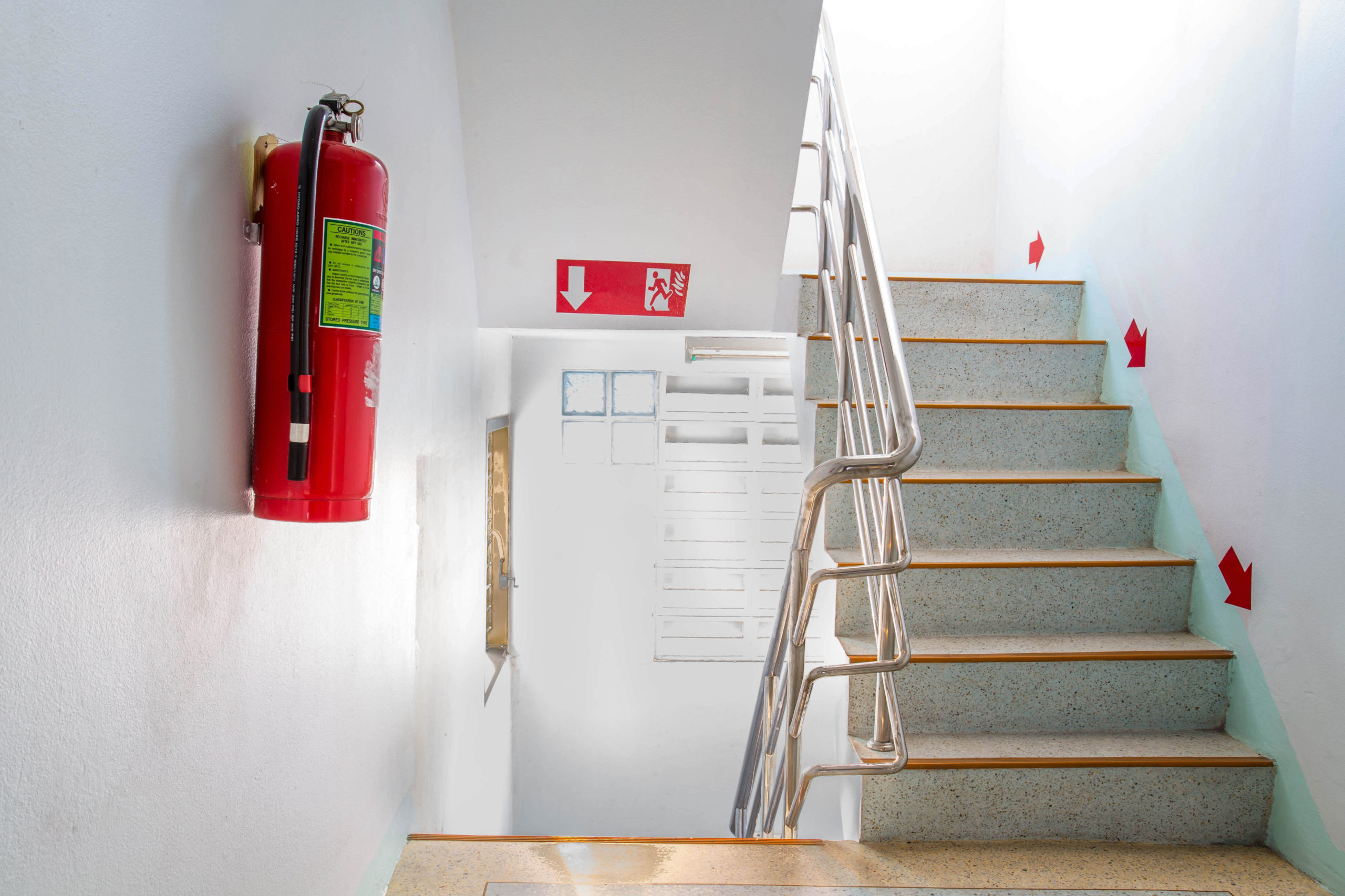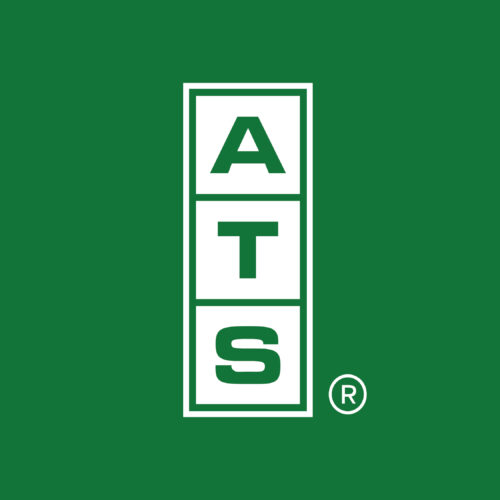As the old proverb says, “Time waits for no man.” We age. It is an inevitable fact of life. one of the hurdles that we face as we age is the need to send someone we love but are no longer able to care for to an assisted living facility for their care and daily needs. Assisted living facilities provide necessary services for people who are no longer able to fully take care of themselves. Of course, not all two people are the same; therefore, one type of room it does not work for all residents. Many modern assisted living facilities now provide room options that include some sort of kitchen or cooking area. because the residents of these facilities are more prone to incidents and accidents, it is crucial for all parties involved to ensure the facility has put together proper safety plans and systems. One key component of a well-thought-out safety plan includes a detailed fire safety strategy.
The Basics of ALF Fire Safety
Assisted living facilities, like most business and residential locations, rely on standard fire safety and prevention measures to ensure any emergency situation may be handled as swiftly as possible to reduce injury and death to residents and to limit damage to the facility itself. The basic components of any successful fire safety plan include smoke and carbon monoxide detectors, fire extinguishers, and fire sprinkler systems. Smoke and carbon dioxide detectors may allow fast detection before a severe fire occurs. Early detection with smoke detectors allows facility staff to act quickly to remove residents from the danger areas to safety and to contact emergency services for immediate intervention.
Fire extinguishers are excellent tools for putting out small fires. They are filled with fire suppression chemicals that prove handy at putting out fires that have not spead out of their small, localized area, like a garbage can. A well-maintained fire extinguisher utilized by someone who is physically capable to wield the extinguisher may be able to smother the fire before it grows out of control and decimates the facility. Fires may be caused by a variety of materials, including paper or grease. Each material requires a different chemical compound to suppress the fire. As such, there exists a variety of fire extinguishers that are graded to a level consistent with the type of materials causing the fire. It is vital that the fire extinguishers in your facility meet the needs of the variety of fires that may occur.
Fire sprinkler systems are the final piece to a basic fire suppression system. These systems are vital to the prevention of severe property damage to an assisted living facility. Smoke detectors allow early warning to help remove residents from dangerous areas. Fire sprinkler systems, however, get a head start on putting out the fire prior to the arrival of emergency services. In the event of a faulty smoke detector or a rapidly progressing fire not allowing residents to be evacuated, many times a fire sprinkler system will be able to suppress the fire and clear and evacuation route out of the building. Fire is unpredictable and having a system together that not only helps to suppress the fire but also aids in the reduction of smoke in the air will inevitably save lives.
Expanded Measures for Units with Kitchens
Assisted living facilities provide multiple options for their residents based on their required needs for care. Many facilities are including kitchen areas in private rooms to allow those residents who are capable of maintaining a private kitchen area the choice of cooking for themselves or eating in the cafeteria with the other residents. Of course, situations arise where a person may have an accident or an incident or whose mental faculties may be degrading and a fire emergency occurs. The safety of the unit’s resident as well as all residents and staff of the facility is the primary concern. In 2019, the US fire administration estimated that 50.2% of fires in residential buildings were from cooking incidents. Often times the residents of these units are not able to successfully wield a fire extinguisher. the need for an immediate fire suppression system that does not require physical strength to use has been identified by the fire safety industry.
Manufacturers, such as Guardian, have created fire suppression systems for small residential style locations, such as individual units in assisted living facilities. Systems like the Guardian G 300-B provide an extra level of protection for vulnerable residents. The Guardian G 300-B acts as both a fire detector and extinguisher and is used with both electric and gas ranges. Once a fire starts on the stove and a pre-set temperature is reached, a sensor is triggered, alerting the system of the danger. The system then releases the extinguisher mechanism, emitting the fire suppression agents. At the same time, the G300-B emits an alarm alerting residents and staff to the emergency situation. An added benefit of the G300-B is its ability to be integrated into an existing alarm panel. Options include a recharge kit, wireless receiver box and remote alarm and strobe combinations.
While the G300-B is fast and easy to install, it is always better to hire a professional to complete the installation to ensure all components are working at optimal levels. A Total Solution has a complete package for your fire safety needs. From installation to maintenance, repairs and mandatory inspections, ATS’ certified technicians are the competent and capable people you want working on your fire safety systems.
Trust your fire suppression needs to a company with more than 30 years of experience in the security industry. Protecting your property is our job. Contact us today to speak with a certified technician about the Guardian G300-B and other options available to you.













